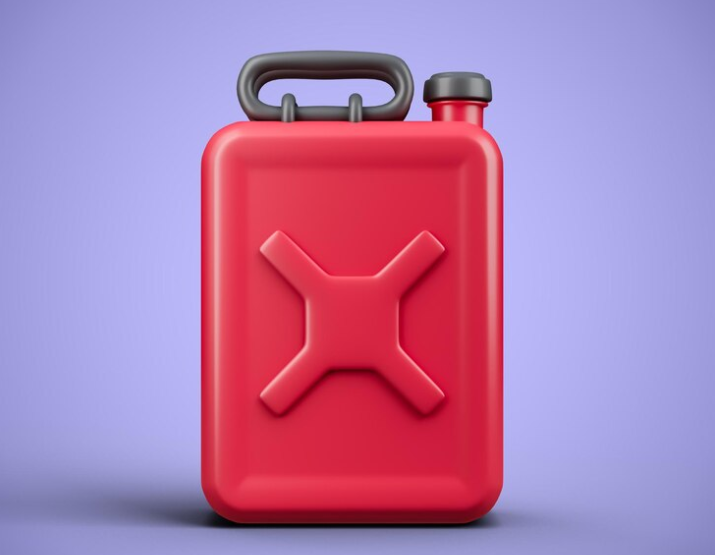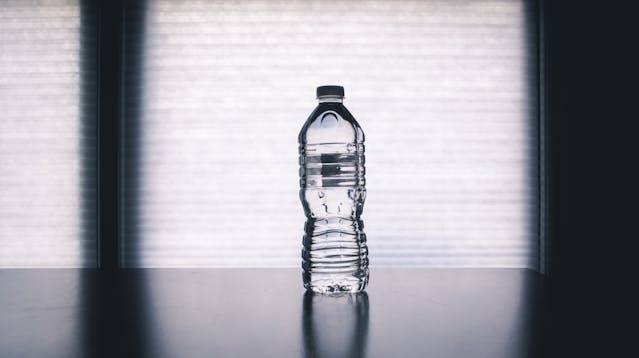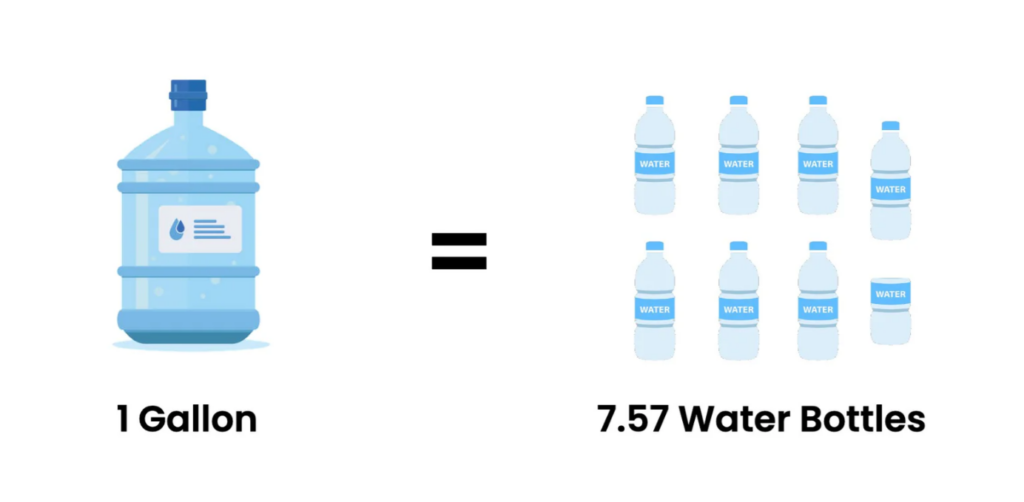Water is essential to life, and understanding your daily needs can help maintain your health. Whether you’re working out, planning a road trip, or tracking hydration, you might wonder, How many water bottles make up a gallon? Surprisingly, this simple question reveals much about measurements, hydration, and sustainability. Let’s look into the details, get creative, and explore everything you need to know about water bottles and gallons.

Understanding a Gallon: The Big Picture
A gallon is a unit of measurement often used for liquids like water, milk, or juice. But did you know there are two main types of gallons?
U.S. Gallon:
- Holds 128 fluid ounces.
- Equals approximately 3.785 litres.
- Widely used in the United States for liquid measurements.
Imperial Gallon (UK):
- Holds 160 fluid ounces.
- Equals about 4.546 liters.
- Used in the United Kingdom and other Commonwealth countries.
For simplicity, we’ll focus on the U.S. gallon, the standard measurement for water in the United States.
Also Read About: How Big Is a Football Field?
Water Bottle Sizes: A World of Variety
Water bottles come in all shapes and sizes, and their capacity determines how many are needed to equal a gallon. Let’s look at some standard sizes:
- 8 ounces (small bottle): Typically used in events or as part of packed lunches.
- 12 ounces: Common in schools or offices.
- 16.9 ounces (500ml): The most widely available single-use bottle.
- 20 ounces: A favorite for workouts and outdoor activities.
- 1 liter (33.8 ounces): Convenient for those carrying water for the entire day.
- Gallon jug (128 ounces): For those who prefer one big container to last all day.
Also Read: 12 Everyday Things That Are 2 Centimeters Long
How Many Bottles in a Gallon?
To determine how many bottles make up a gallon, divide the gallon’s capacity (128 ounces) by the bottle size. Here’s a breakdown:
8-Ounce Bottles:
- 128 ÷ 8 = 16 bottles.
- You’ll need 16 small bottles to make one gallon.
12-Ounce Bottles:
- 128 ÷ 12 ≈ 10.67 bottles.
- That’s about 10 full bottles plus a bit extra.
16.9-Ounce Bottles (500ml):
- 128 ÷ 16.9 ≈ 7.57 bottles.
- Roughly 7 and a half bottles make up a gallon.
20-Ounce Bottles:
- 128 ÷ 20 = 6.4 bottles.
- Six full bottles and a partial bottle would complete the gallon.
1-Liter Bottles (33.8 Ounces):
- 128 ÷ 33.8 ≈ 3.78 bottles.
- You’ll need just under four 1-liter bottles for a gallon.
Also Read: How Long is 15 CM? 9 Common Things That Are 15 Centimeters Long
Why Knowing This Matters

You might wonder why it’s essential to understand this breakdown. Here are some scenarios where it becomes handy:
- Tracking Your Water Intake: Knowing how many bottles you need simplifies the process if you want to drink a gallon of water daily. For example, using 16.9-ounce bottles, you’ll learn to aim for about 7.5 bottles daily.
- Planning for Activities: Are you heading out for a long hike, a camping trip, or an all-day sports event? Estimating how many bottles make up a gallon helps you pack the right amount of water.
- Encouraging Sustainability: If you’re transitioning to reusable bottles, understanding how many times a single bottle needs to be refilled to equal a gallon reduces plastic waste and keeps you hydrated.
- Cultural and Culinary Insights: Gallons aren’t just for water; they measure milk, juice, and even soup. Knowing how many smaller containers fit into a gallon makes cooking or meal-prepping easier.
A Creative Perspective: Visualizing a Gallon
A gallon is a lot of water—128 ounces, to be exact. To visualize it, think about:
- 4 Quarts: A gallon equals four quarts, and each quart equals two pints. That’s a total of 8 pints.
- 16 Cups: If you were to fill 16 cups with 8 ounces each, you’d have a gallon.
- 15 Soda Cans: Each soda can is typically 12 ounces, so 15 cans would get you close to a gallon.
- A Milk Jug: A gallon of milk is a familiar sight for most people—it’s the same volume as a gallon of water.
Hydration Facts: Why Water Intake Is Essential
Water isn’t just for quenching thirst; it’s vital for almost every bodily function. Drinking enough water:
- Boosts Energy Levels: Dehydration can cause fatigue.
- Supports Digestion: Water helps break down food and absorb nutrients.
- Improves Skin Health: Staying hydrated keeps your skin moisturized and glowing.
- Regulates Body Temperature: This is especially important during exercise or hot weather.
- Aids in Weight Management: Drinking water can reduce hunger and calorie intake.
Also Read: How Long Is 12 Inches? 10 Common Things That Are 12 Inches Long
Daily Hydration Goals: How Much Water Do You Need?
The amount of water you need depends on factors like age, weight, activity level, and climate. A standard recommendation is to drink:
- Half your body weight in ounces: For example, if you weigh 150 pounds, aim for 75 ounces of water daily.
- More in hot weather or during exercise: Sweating increases fluid loss, so replenish accordingly.
If your target is a gallon a day, using bottle-based tracking is an easy way to meet your goal.
Tips for Measuring and Increasing Water Intake
Staying hydrated is crucial for overall health, but many struggle to meet their daily water intake goals. These simple tips can help you measure and increase your water consumption effortlessly.
- Choose the Right Bottle: Use a reusable bottle with measurement markings for accuracy. Popular sizes like 16.9 ounces or 1 liter make tracking simple.
- Set Reminders: Use apps, alarms, or sticky notes to remind you to drink water throughout the day.
- Add Flavor: Infuse your water with lemon, cucumber, or mint for a refreshing twist.
- Track Progress: Mark on your bottle how much you’ve drunk or log your intake in a journal.
- Hydrate Through Food: Fruits and vegetables like watermelon, cucumbers, and oranges are water-rich and contribute to your hydration.
Also Read: How Long is 2 Inches? 10 Common Things That Are 2 Inches long
Fun Facts About Water and Gallons
- Weight of a Gallon: A gallon of water weighs approximately 8.34 pounds (3.78 kilograms).
- Time to Drink a Gallon: Sipping steadily takes 16-20 hours to drink a gallon comfortably.
- Plastic Waste: The average American uses 167 single-use water bottles yearly but only recycles 38. Switching to reusable bottles can significantly reduce waste.
The Environmental Impact of Bottled Water
While bottled water is convenient, it has a significant environmental impact:
- Plastic Pollution: Billions of plastic bottles end up in landfills or oceans yearly.
- Energy Consumption: Producing and transporting bottled water requires substantial energy.
- Solutions: Switch to reusable bottles made of stainless steel or glass. Refill bottles at home or use public water refill stations.
Also Read: How Big Is 9 Inches? 10 Common Things That Are 9 Inches long
Conclusion
A gallon of water may seem daunting, but breaking it into smaller bottle-sized portions makes it manageable. Depending on the size of your bottle, you’ll need anywhere from 3 to 16 bottles to equal a gallon. This knowledge helps track hydration, planning activities, and reduce environmental impact by switching to reusable bottles.
So, whether using 16.9-ounce bottles or a 1-liter reusable option, staying hydrated is within your reach. Embrace the challenge of a gallon daily—it’s good for your health, wallet, and planet!











